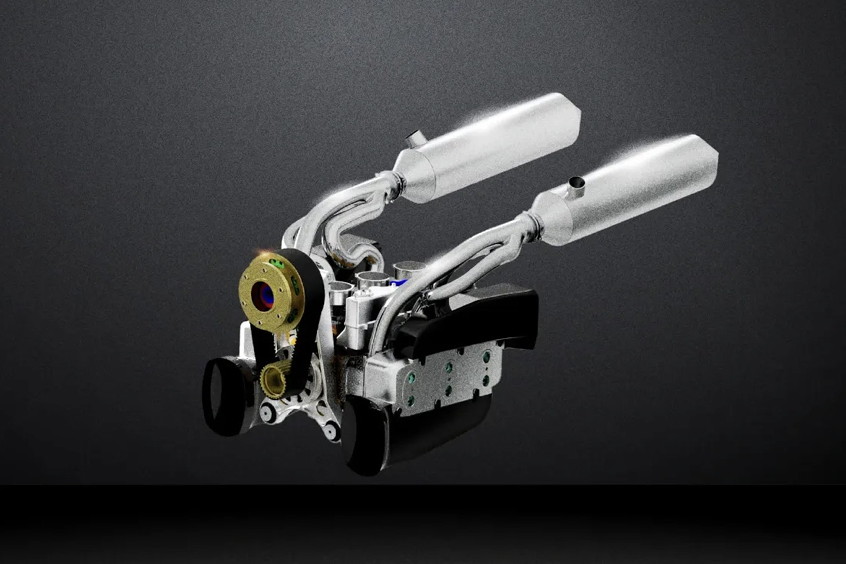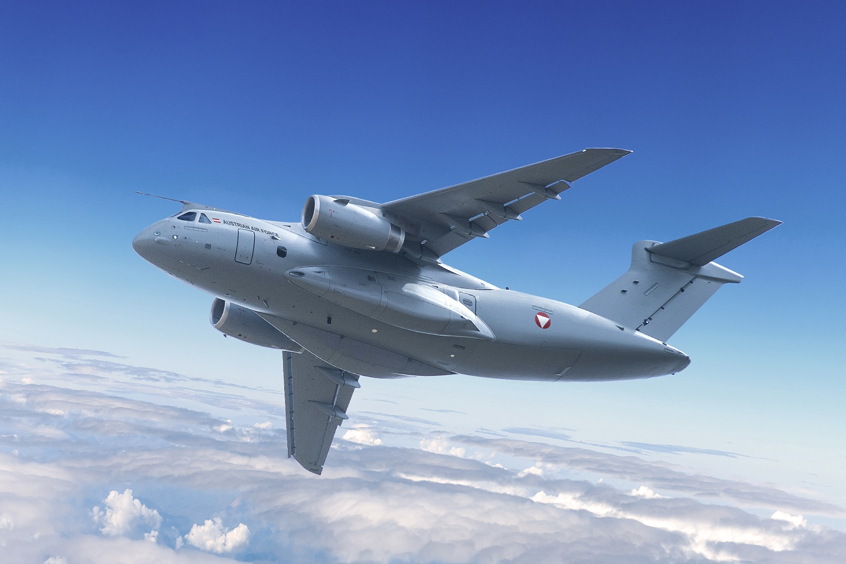Eclipse Aviation, manufacturer of the world's first very light jet (VLJ), today announced at the Experimental Aircraft Association's (EAA) 2007 AirVenture, that the next generation of Avio (Avio NG) is designed to align with the Federal Aviation Administration's (FAA) Next Generation Air Transportation System (NextGen) integrated plan. Providing an open architecture platform to incorporate the deployment of technology envisioned with NextGen, Avio NG equips the Eclipse 500 for the future.
Avio NG is extensible in that it has an expandable architecture making it ready to align with NextGen in the future. Eclipse will be able to easily incorporate additional technologies as they become available. The benefit of this design philosophy is that Avio NG is also scalable as the Total Aircraft Integration(tm) system is a platform that can be scaled to fit future aircraft of various sizes. An example of this level of flexibility is demonstrated with its newly announced Eclipse Concept Jet (ECJ), which contains a derivative of Avio NG.
"We are fully supportive of the effort to modernize our national air transportation system through the NextGen initiative and we are excited to be building Avio NG with the capability to upgrade technologies easily and then operate and take advantages of the efficiencies in this new system," said Vern Raburn, president and CEO of Eclipse Aviation. "We believe the Eclipse 500 will be the first general aviation aircraft to be fully NextGen compliant by the end of next year because of the innovation we have included in Avio NG. Avio NG solves the real issue in the NextGen debate of how advanced technology aircraft will be able to operate within our currently overloaded and antiquated air traffic control system."
The vision of NextGen is to use Automatic Dependent Surveillance - Broadcast (ADS-B) and Required Navigation Performance (RNP), together with other technologies to enable greater air traffic capacity and less airspace congestion. Avio NG enables the seamless integration of these technologies at minimal costs and complexity to Eclipse 500 operators. Using 1090 MHz as the pathway for ADS-B, Avio NG will be capable of broadcasting aircraft position and providing traffic information inside the cockpit to Eclipse pilots. Avio NG will provide RNP technology resulting in access to RNP based flight plans with shorter, more economical and environmentally-friendly routes, and improved minima compared to existing non-precision approaches.
Due to its extensible design, Avio NG will be able to easily incorporate these technologies mostly through simple aircraft software updates. Furthermore, Avio NG enables a full set of solutions at very low costs because it is already designed with NextGen in mind. All of the NextGen technologies listed in the chart below will be made available to Eclipse customers by the end of 2008.
Technology Functionality
- ADS-B OUT: Ability to send position data to requesting ground stations and aircraft
- ADS-B IN: All ADS-B out functions plus basic air traffic monitoring of all ADS-B aircraft flying within 125 mile radius, including unique indication for aircraft on ground
- RNP: Meets Required Navigation Performance (RNP) requirements for the following flight segments: *Enroute *Terminal *Initial approach *Intermediate approach *Non-precision approach *Departure
- LPV Approaches: Allows Eclipse operators FMS functionality for Localizer Performance with Vertical (LPV) approach capabilities.
Eclipse is currently in the process of attaining certification for Avio NG and will retrofit at the company's expense all current Eclipse 500 aircraft with Avio NG by the end of 2007, ensuring a homogeneous Eclipse 500 fleet. Avio NG has already been installed and is flying in two flight test aircraft. Eclipse expects certification of Avio NG by the end of October. An Avio NG demonstrator is on display for the first time at Eclipse's AirVenture 2007 exhibit.
| Contact details from our directory: |
Weekly news by email:
See the latest Bulletin, and sign up free‑of‑charge for future editions.

EDGE launches Powertech for high-performance aero engines
GE uses exascale supercomputers for Open Fan engine

Embraer begins assembly of Austria’s first C-390
